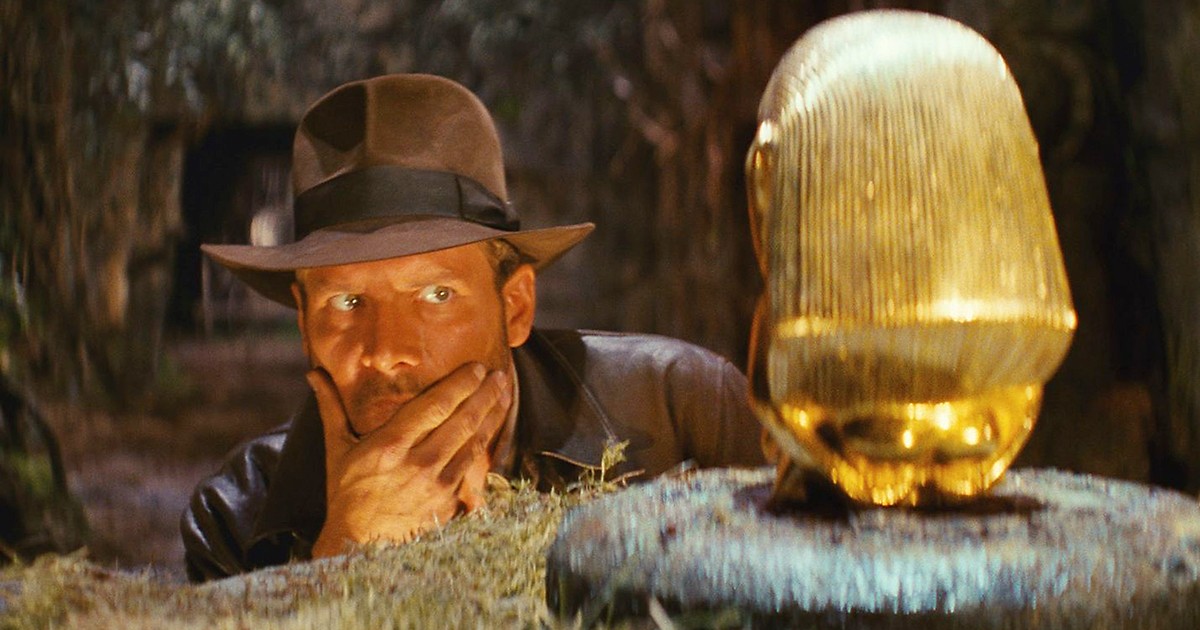As the 1980s began, movie moguls were still in their ’60s/’70s haze.
Perplexed by the new generation, they’d written big checks to “auteurs” — directors who looked and sounded hip and artful. Then “Heaven’s Gate” happened.
“It was a shot through the heart of the auteur era,” journalist Chris Connelly says in the opener of “The Movies,” CNN’s blitz-paced series.
“Heaven’s Gate” cost $44 million and made $3.5 million in North America. Its director (Michael Cimino, fresh from the Oscar-winning “Deer Hunter”), would go five years before his next movie … its studio (United Artists) would collapse … and Hollywood would regress. That was in 1980, a convenient starting point for this opener. It eyes the ’80s, the post-auteur era.
Yes, there were still eccentric new filmmakers, but they were people who could make films on a budget – Tim Burton with “Pee-Wee’s Big Adventure,” Steven Soderbergh with “Sex, Lies and Videotape,” John Hughes with teen comedies, Spike Lee with micro-budget movies and then “Do the Right Thing.”
But the big checks? Those went to young direcors who had high-adventure tastes. George Lucas was producing two “Star Wars” films; his friend Steven Spielberg was going non-stop.
As a director, Spielberg made the Indiana Jones trilogy (shown here), produced by Lucas, plus “The Color Purple” and more. As a producer, his style was obvious in “Poltergeist,” “Gremlins,” “Goonies” and the wildly entertaining “Back to the Future.”
There were more Spielberg productions, including a massive one: “’Who Framed Roger Rabbit’ is the most complicated movie ever made,” Tom Hanks insists here.
Hanks is in a tricky situation: He’s one of the show’s prime producers … and an on-camera commentator … and a friend of Spielberg … and an actor who made his breakthrough in the ’80s. His own films – including the delightful “Splash” in 1984 and “Big” in ’88 – are mostly ignored here.
But Spielberg gets plenty of attention, as is logical. His big action films soared; so did a smaller one, trying to show, he says here, “how the divorce of my mom and dad affected me and my three sisters.”
The budget was tidy, under $11 million. But “ET” soared, making $435 million in North America and $792 million worldwide … both records that would last a decade.
This became typical of the decade’s most satisfying movies. They are, as one person puts it, “small stories told again a large canvas.”
Certainly, many directors forgot all about anything small or human. “There was an overload on us,” Neal Gabler, the critic and historian, says. “The esthetics gravitated to bigger and faster and louder.”
But the best films, including James Cameron’s “Aliens,” remembered the personal story at the core.
Director Brad Bird points to “Die Hard” as the ideal: “It isn’t the size of the fireball. It’s how much we care abou the person running from the fireball.”
In “Die Hard,” we cared about Bruce Willis – alone and barefoot, trying to rescue his wife from a high-rise occupied by gunmen. Then we saw him elude a spectacular, ’80s-style fireball.
“The Movies” has the same strength and flaw as the five series Hanks produced about the decades. The strength is its awesome range, a cascade of clips and comments from most of the key people; its flaw is its formlessness, a dizzying journey with no real destination.
Still, there are interesting moments along the way. Two came during the brief look at dance films.
Maya Rudolph recalls loving “Flashdance” — and loving the fact that its star (Jennifer Beals) is, like Rudolph, biracial. “That just wasn’t a thing at the time.”
And Kyra Sedgwick said she was already dating Kevin Bacon (now her husband) before she saw his “Footloose” movie. “I thought, ‘Oh, I see why people fell in love with him.’”
— “The Movies, 9-11 p.m. ET Sundays, CNN (barring breaking news), rerunning at midnight
— Opens July 7 with the ’80s; then the ’90s on July 14; the 2000s on July 21; the ’60s on July 28; “The ’50s” on Aug. 4 and “The Golden Age” on Aug. 11.
